A Journey Through Singapore’s History At Fort Canning Park
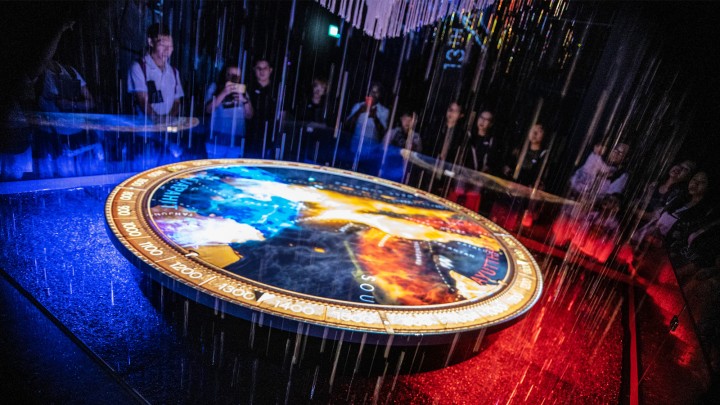
AN IMMERSIVE 700-YEAR JOURNEY IN TIME
At the heart of the bicentennial commemoration series of events is From Singapore to Singaporean: The Bicentennial Experience. This two-part indoor and outdoor show at the Fort Canning Centre takes visitors on a trip down memory lane.
The first segment – Time Traveller – is a multisensory journey through key moments in Singapore’s history, from the 13th century to the present day. Employing immersive sets, multimedia and live performances, the Singapore story that spans 700 years is narrated in five acts. The show begins with a prelude that uses the falling and rising of water to symbolise the changing fortunes of the land.
The second segment continues outdoors with Pathfinder – a trail featuring eight interactive pavilions and installations. Among these are the House of Maps that shows Singapore’s evolution over the centuries through maps, and the Pavilion of Words, an open-air library of books and stories related to the city-state. There’s also the Emporium of the East exhibition of replicas of goods traded in the Little Red Dot and the region between the 14th and 16th centuries.
The Bicentennial Experience runs from now to September 15.

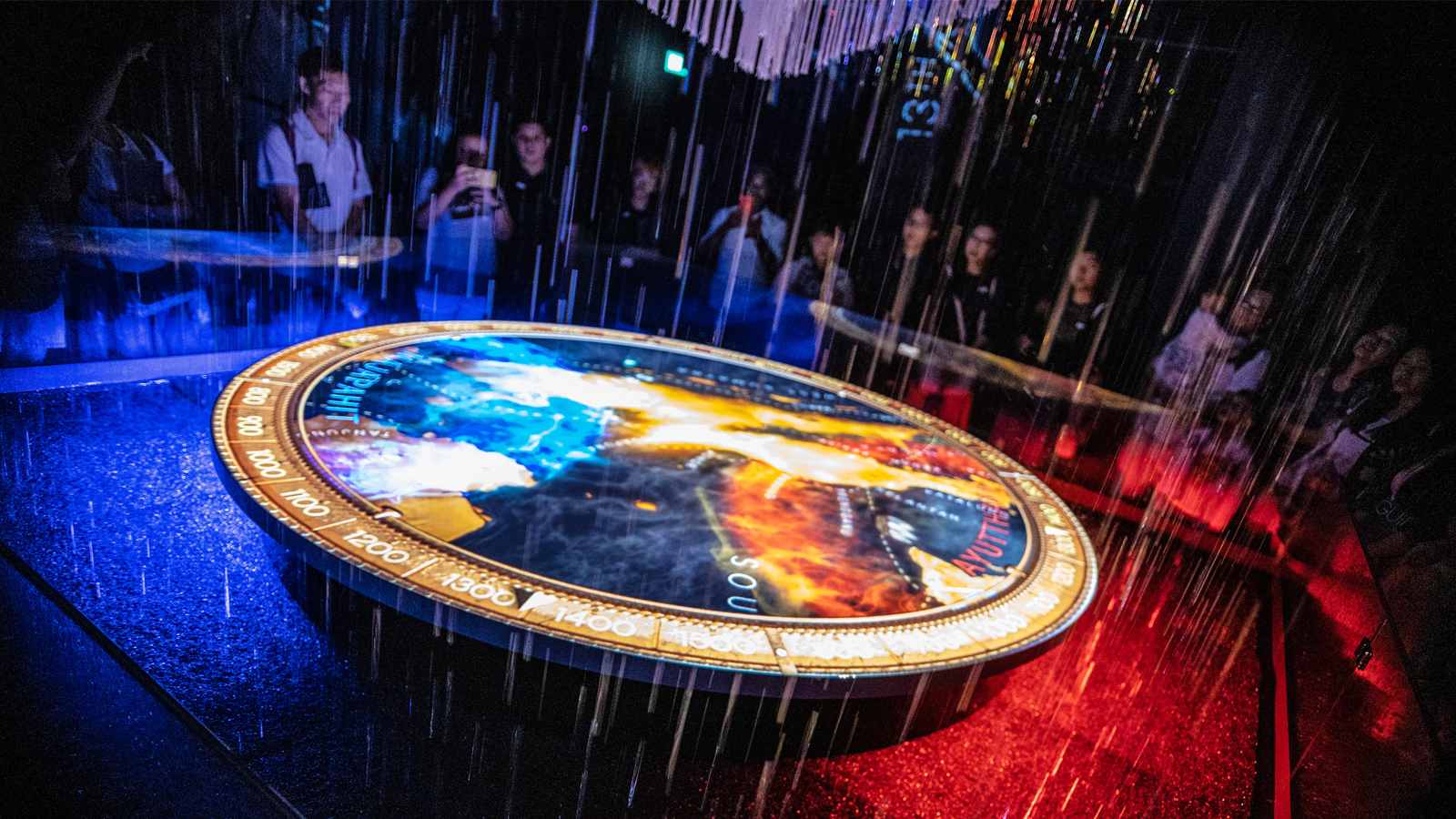
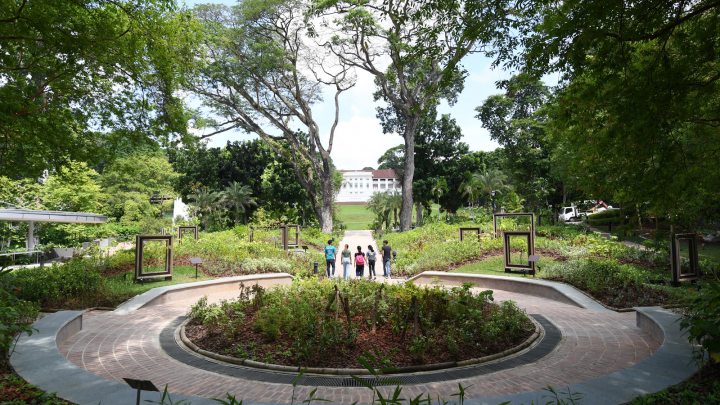
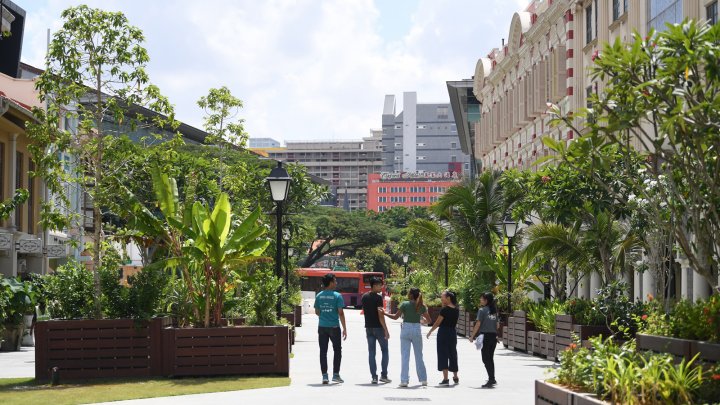
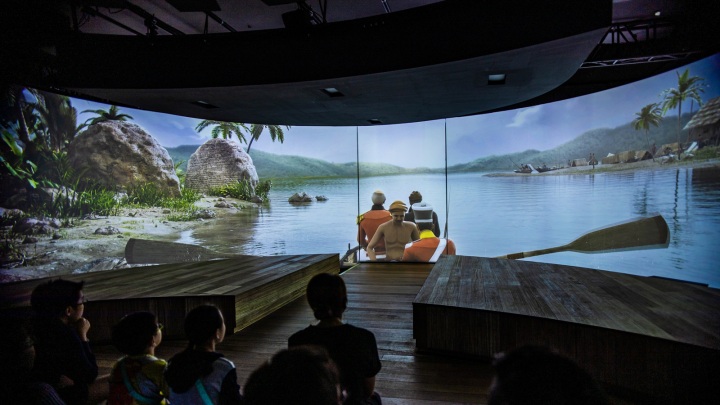
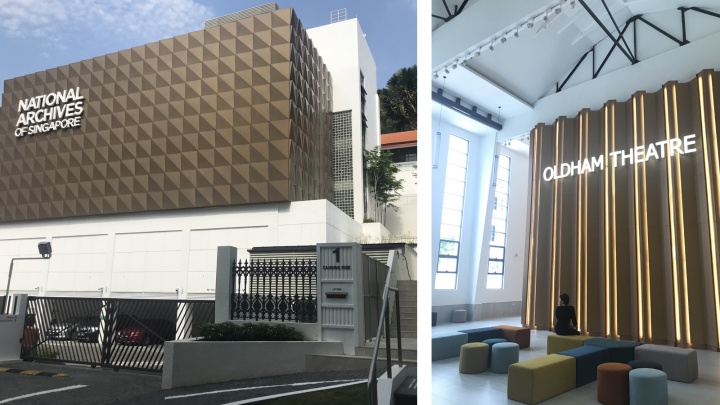
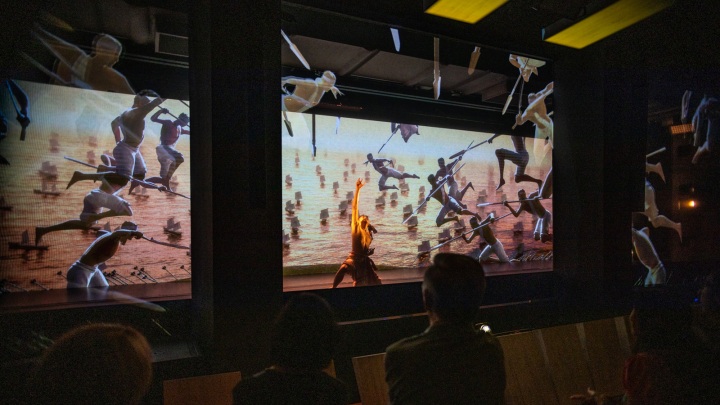
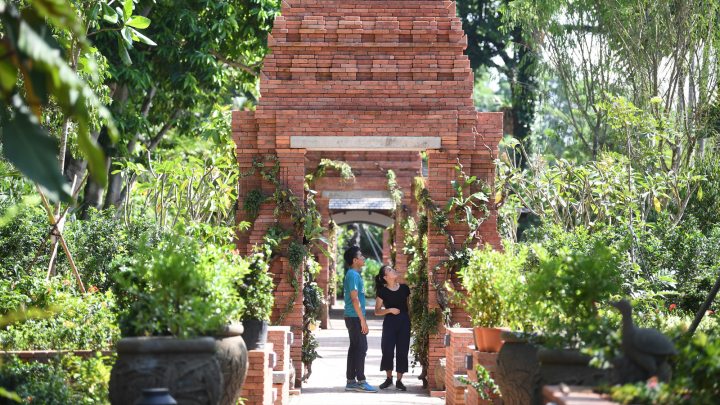
WALK WITH HISTORY IN THE GARDENS
Fort Canning Park was once known as Bukit Larangan, or the “Forbidden Hill”. It was the seat of the ancient Malay Kingdom of Singapura in the 14th century and it was also where Raffles constructed his official residence.
To commemorate Singapore’s bicentennial, nine new gardens have been built there to give visitors a glimpse of the island’s past through nature and archaeological discoveries.

Both Singapore founder Raffles and Major-General William Farquhar, the first British resident and commandant of colonial Singapore, were keen naturalists. The Farquhar Garden is a display of plants that had captivated the British administrator, while the restored Spice Garden houses plants such as nutmeg and cloves that Raffles used to grow there.
For history buffs, the Artisan’s Garden showcases porcelain, stoneware and other relics that were discovered during archaeological digs at Fort Canning Hill.

MONUMENT FOR SINGAPORE CINEMA
The Oldham Theatre at the newly revamped National Archives of Singapore (NAS) is a tribute to the golden era of Singapore movie makers who produced hundreds of films from the 1940s to 1970s.
The 134-seat theatre is managed by the Asian Film Archive, which aims to preserve Singapore’s film heritage and Asian cinema. It opened in May 2019 and is dedicated to showing old classics and contemporary films by Asian directors. The theme for the months of June and July is cult classics of the monster genre.
The annual open-air cinema, Films at the Fort, returns to the park in August 2019 with screenings of contemporary movies that include Hotel Mumbai, a film about a terrorist attack in the Indian city in 2008 that claimed 174 lives.

BETTER ACCESS TO SINGAPORE’S HISTORY
The NAS’ new e-request system makes it easier for visitors to retrieve records such as family histories and search for specific information under different categories in the archives.
At its revamped premises, new microfilm machines and expanded conservation labs give researchers better access to Singapore’s past. There are also three new oral history studios to record the memories of people on events that shaped the country.

CHECK OUT ARMENIAN STREET’S MAKEOVER
Armenian Street, near the National Archives, is one of Singapore’s oldest roads named after a church that was built there in 1835.
As part of efforts to commemorate the bicentennial, a part of the street has been pedestrianised and filled with plants to recreate the First Botanic Garden that Raffles built there in 1822.
Close by at the National Museum, artist Yip Yew Chong has recreated scenes of Singapore’s yesteryears. His seven murals, themed
For something more provocative, the National Gallery’s exhibition, Awakenings: Art in Society in Asia 1960s-1990s, showcases over 150 artworks from artists across Asia during turbulent periods, and how they acted as catalysts for change.
- POSTED ON
Jul 8, 2019
- TEXT BY
Dewi Fabbri
- PHOTOS BY
catspace / Courtesy of the National Parks Board









